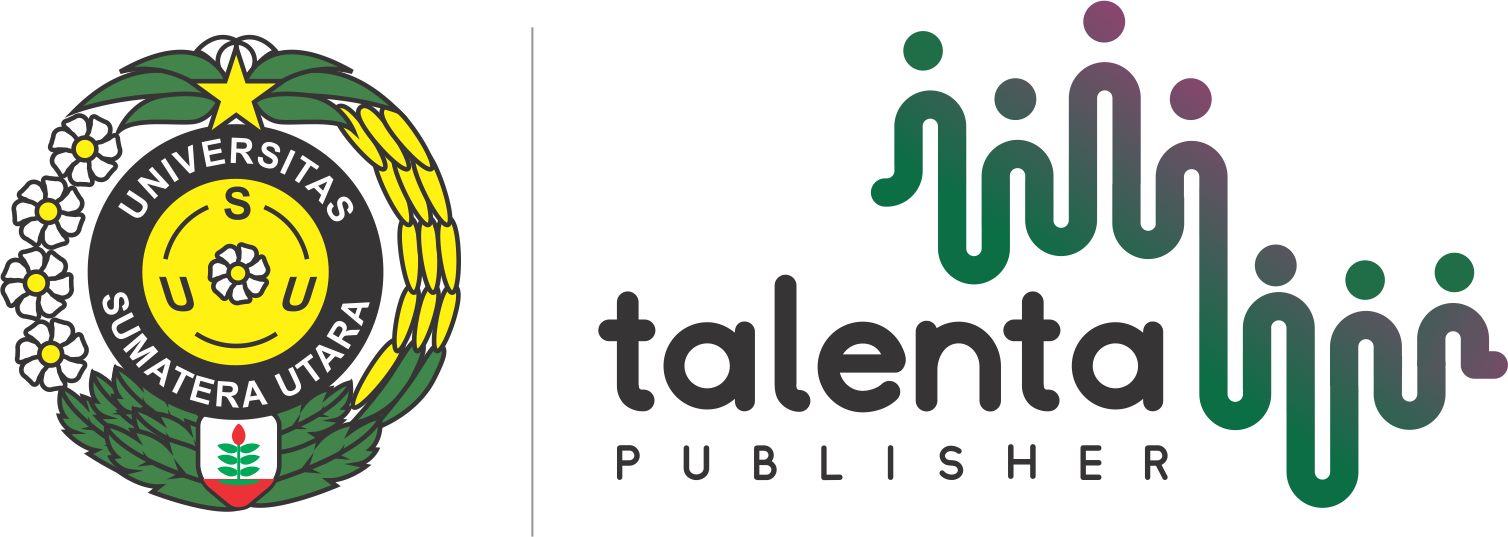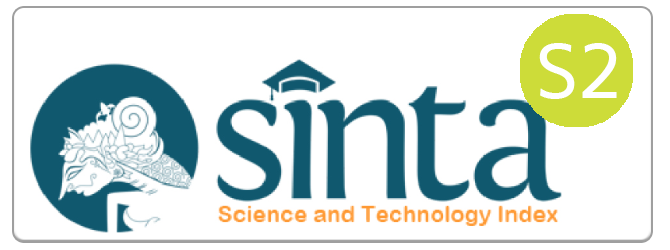Indonesian Nursing Values from the Lens of the Theory of Communion-in-Caring: A Future Invitation to an International Caring Dialogue and Collaboration
DOI:
https://doi.org/10.32734/ijns.v6i2.17362Abstract
Indonesian nursing holds a rich heritage that dates back centuries. Indonesian nurses have embraced a holistic approach to care, recognizing the interconnectedness of physical, emotional, and spiritual well-being. This holistic perspective is deeply ingrained in our nursing values and informs our practice. This paper examines the pragmatic utility of the emerging Theory of Communion-in-Caring (TCIC), which invites Indonesian nurses to a caring dialogue for the theory's future advancement. In caring, communion refers to a deep and meaningful connection between individuals. It goes beyond superficial interactions and involves a genuine exchange of thoughts, emotions, and experiences. Communion is characterized by open-mindedness, vulnerability, and a willingness to truly engage with others. TCIC is an essential theory that can enhance and promote Indonesian caring values. By embracing this theory, individuals, particularly in the nursing profession, can foster stronger relationships with patients and others, thereby contributing to Indonesia's more compassionate and united society. Through these connections, healthcare professionals can embody the values of "gotong royong" (mutual assistance) and "silaturahmi" (building strong relationships), both of which are key to Indonesian culture.
Downloads
Downloads
Published
How to Cite
Issue
Section
License
Copyright (c) 2024 Caring: Indonesian Journal of Nursing Science

This work is licensed under a Creative Commons Attribution-ShareAlike 4.0 International License.








